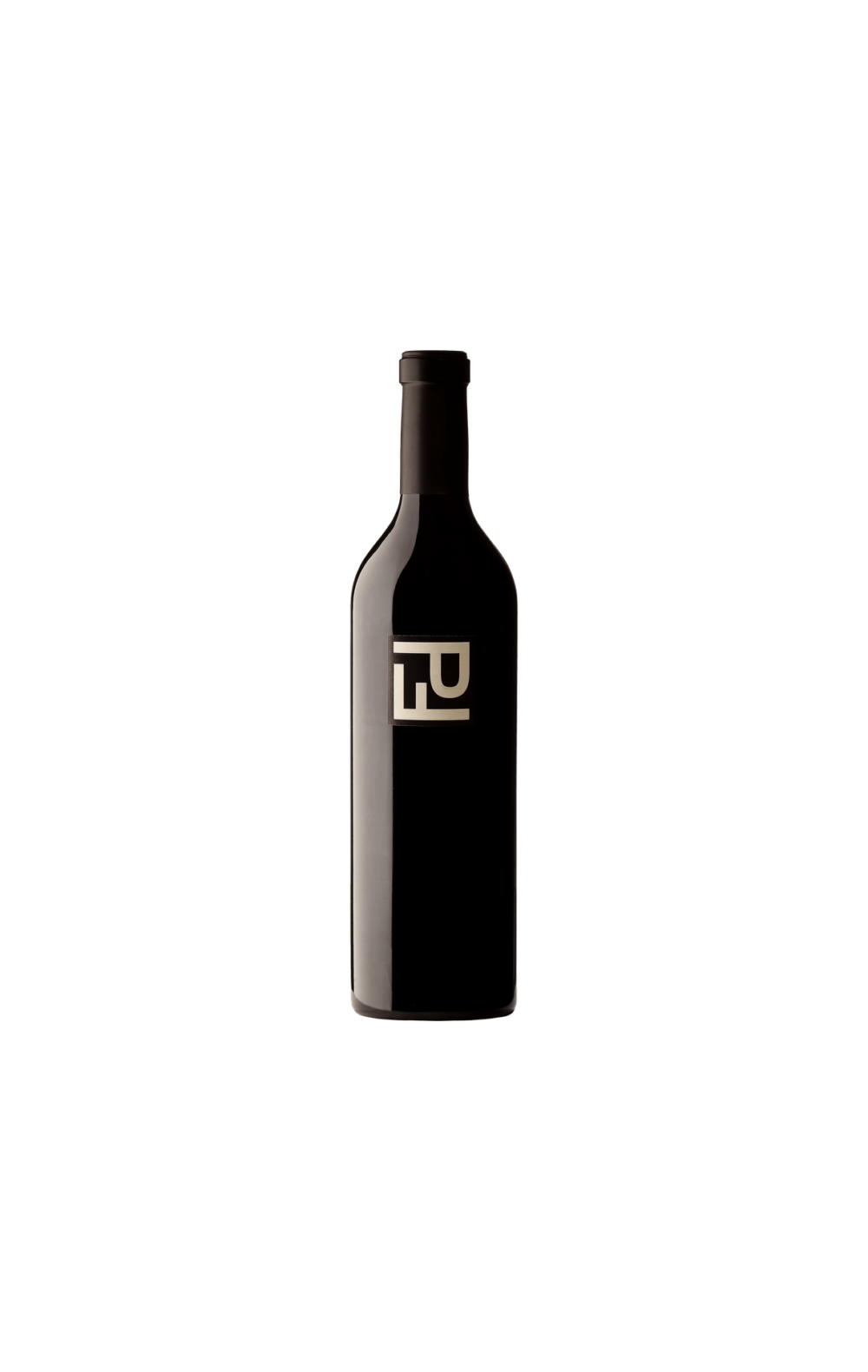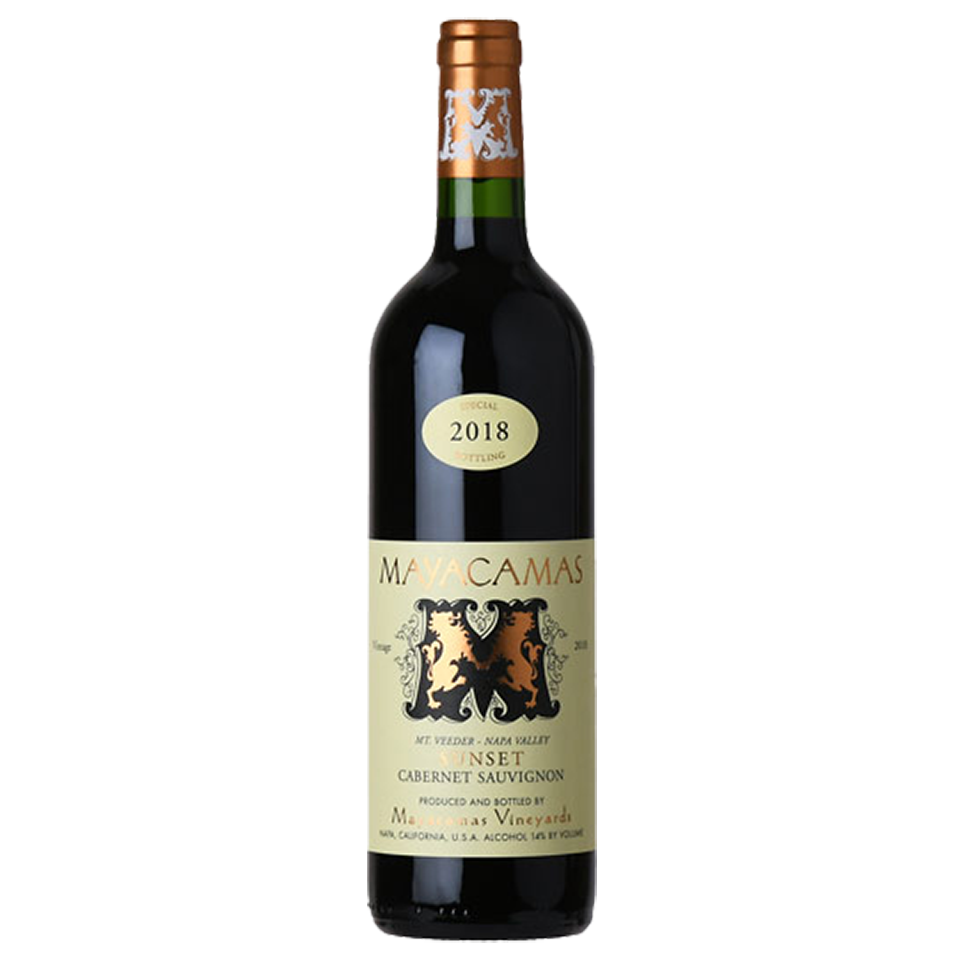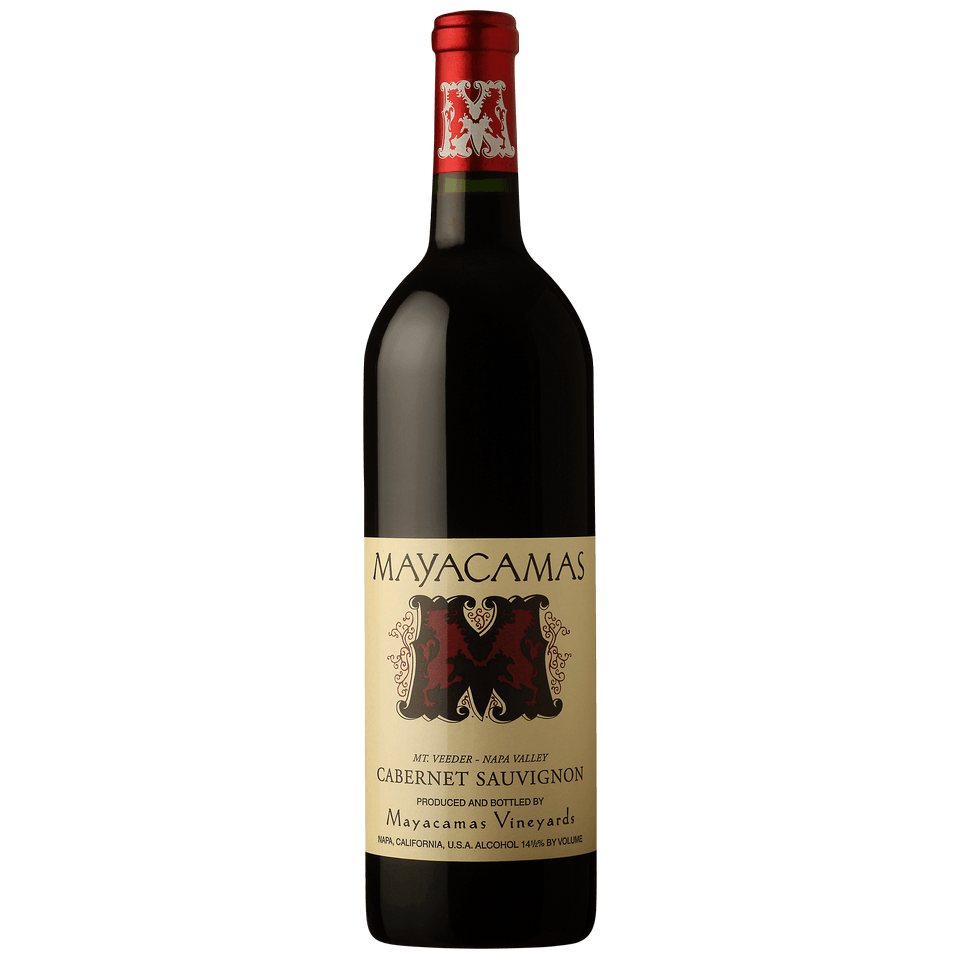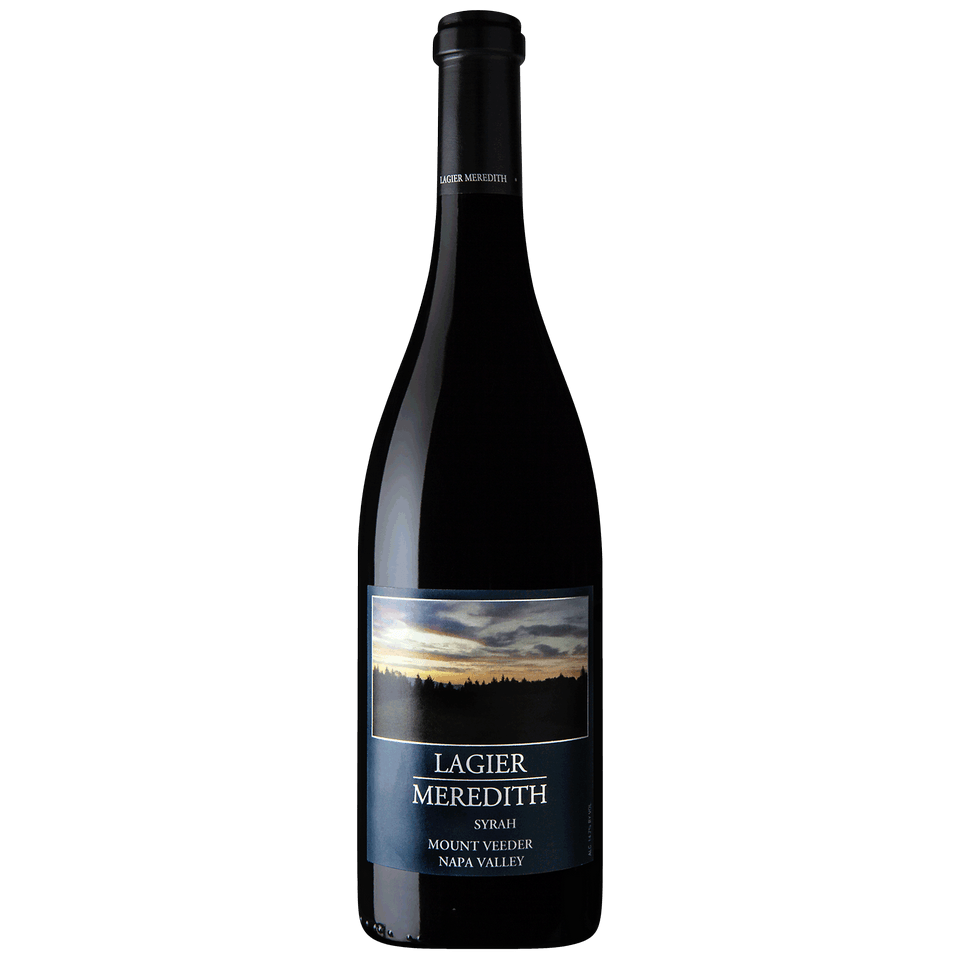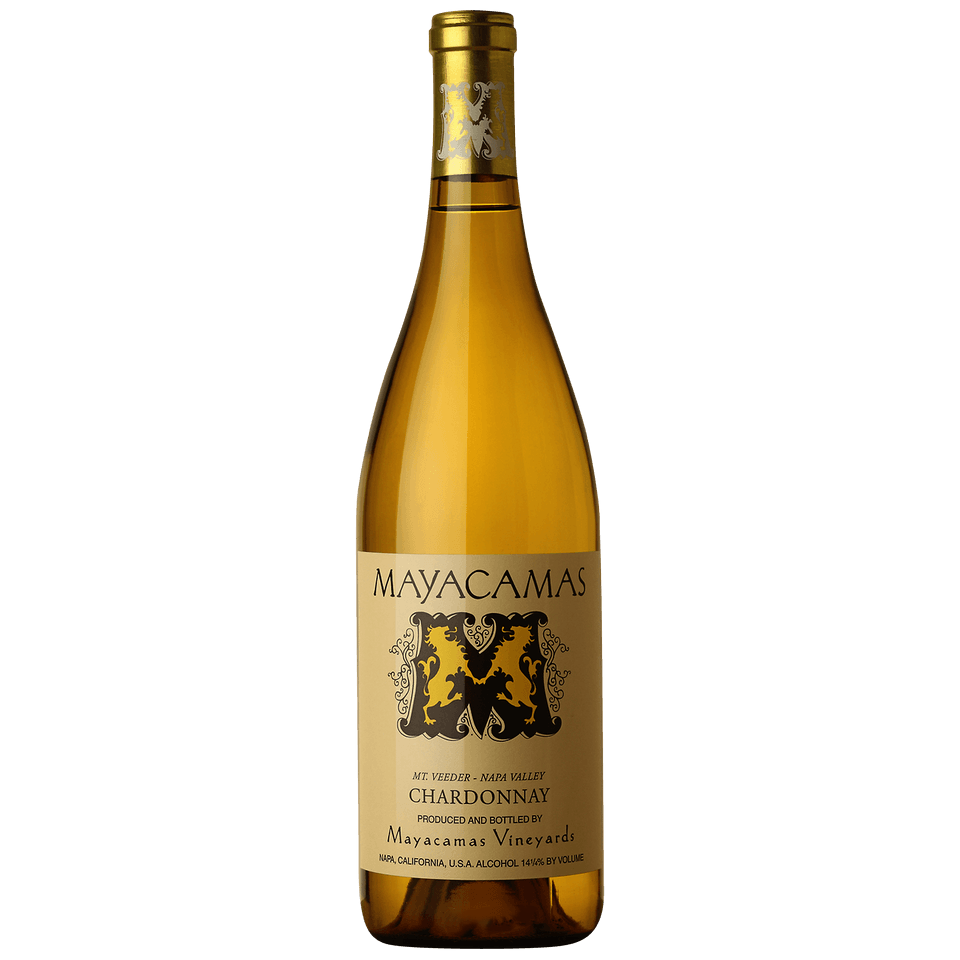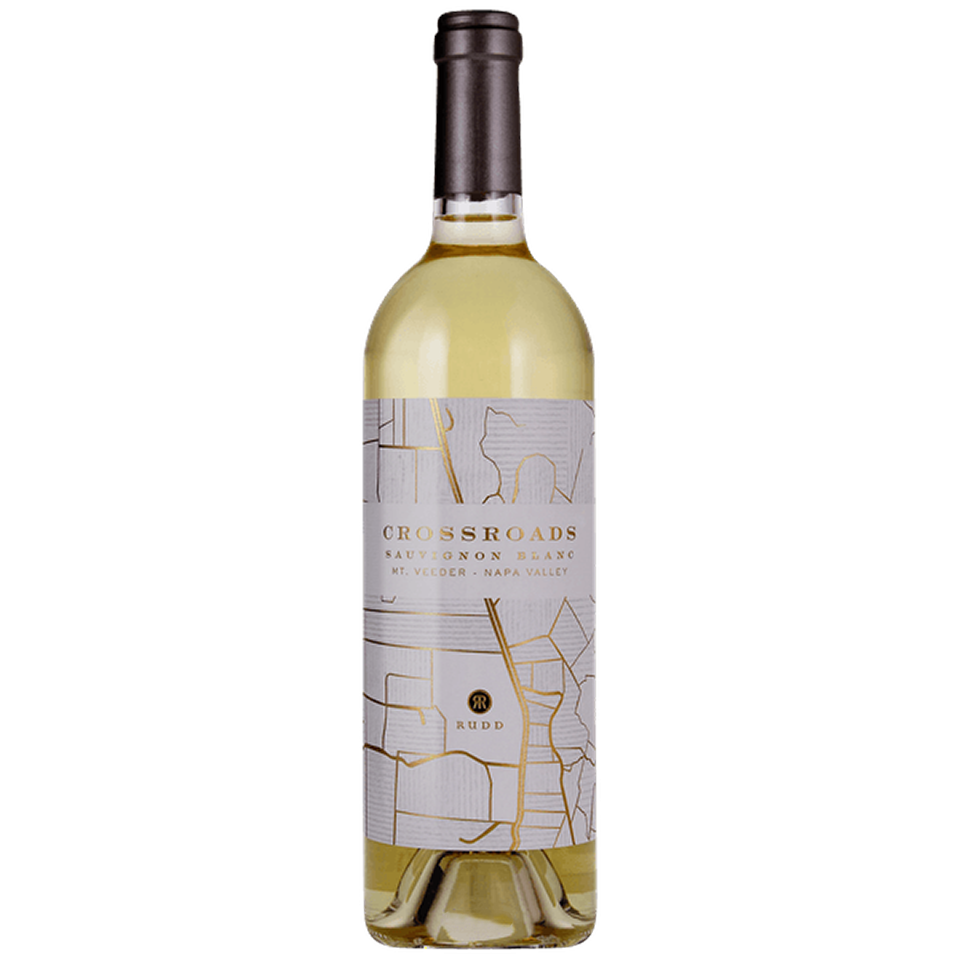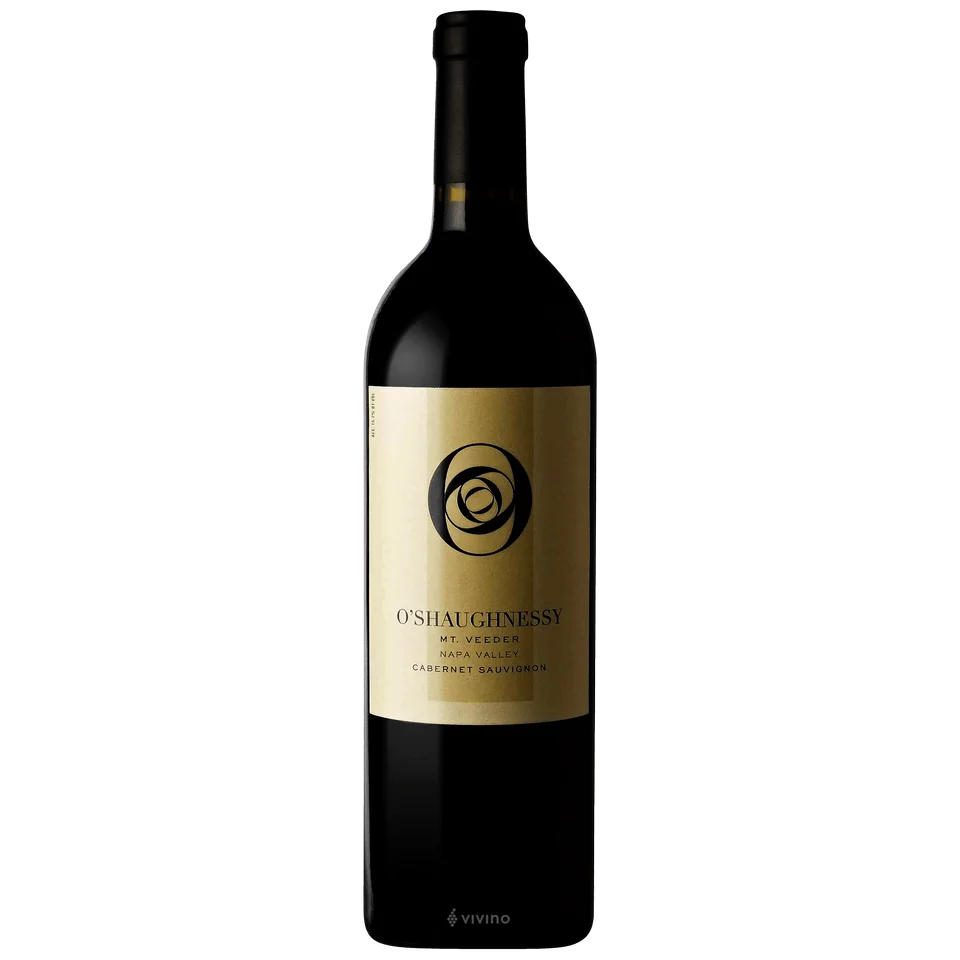History
Mount Veeder’s viticultural roots stretch back to the mid-19th Century. Although many vineyards flourished on this mountainous terrain by the dawn of the 20th Century, Prohibition halted viticultural activities. It wasn’t until the 1960s, amidst Napa Valley’s wine revival, that Mount Veeder saw resurgence. This unique region earned its American Viticultural Area (AVA) designation in 1990, an accolade that preceded renowned Napa regions like Oakville and Rutherford.
Location
Situated in the southwest hills of the illustrious Napa Valley, Mount Veeder is neighbored by Carneros and Napa town to the southeast, with Oak Knoll District and Yountville flanking its west. This mountainous terrain is distinctively marked by Mount Veeder peak, reaching a towering 2,700 feet and signifying the boundary between Napa and Sonoma counties. Remarkably, some of the region’s highest vineyards can be found just below the summit, ascending to 2,550 feet above sea level.
Soil and Climate
Mount Veeder benefits from a unique terroir, with its vineyards anchored in the rocky, clay-laden remains of an erstwhile seabed. These soils, transformed into rugged hillside terrain by tectonic forces, ensure excellent drainage, compelling vines to compete for nutrients and water. This results in smaller yields but with notably concentrated grapes. The region experiences warm days but is typically tempered by cool afternoon breezes, courtesy of its proximity to San Pablo Bay. This microclimate extends the growing season and imparts wines with a fine balance of acidity, tannins, and ripeness.
Grape Varieties
While Cabernet Sauvignon is the crown jewel of Mount Veeder, the region’s diverse terroir supports a medley of other grape varieties. Bordeaux varieties like Merlot, Cabernet Franc, and Malbec have staked their claim, while others like Zinfandel, Chardonnay, Sauvignon Blanc, and Rhône varieties Syrah and Viognier have flourished, each contributing to the region’s wine tapestry.
Taste Profile
Wines emanating from Mount Veeder are renowned for their concentration and fruit-forward character. Whether it’s a Cabernet Sauvignon or a Syrah, these wines frequently exhibit deep, intense flavors, underpinned by a structure that promises longevity.



